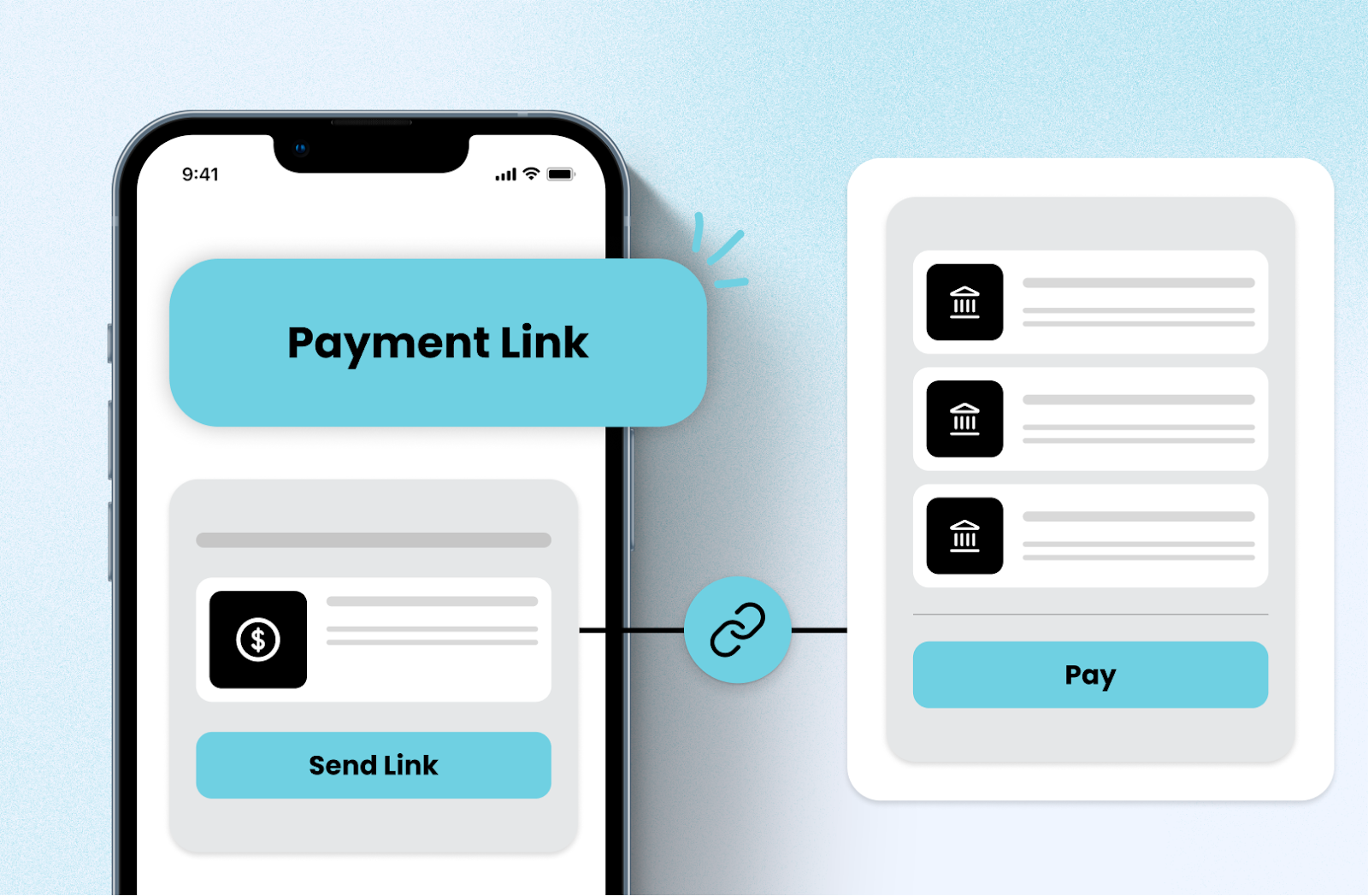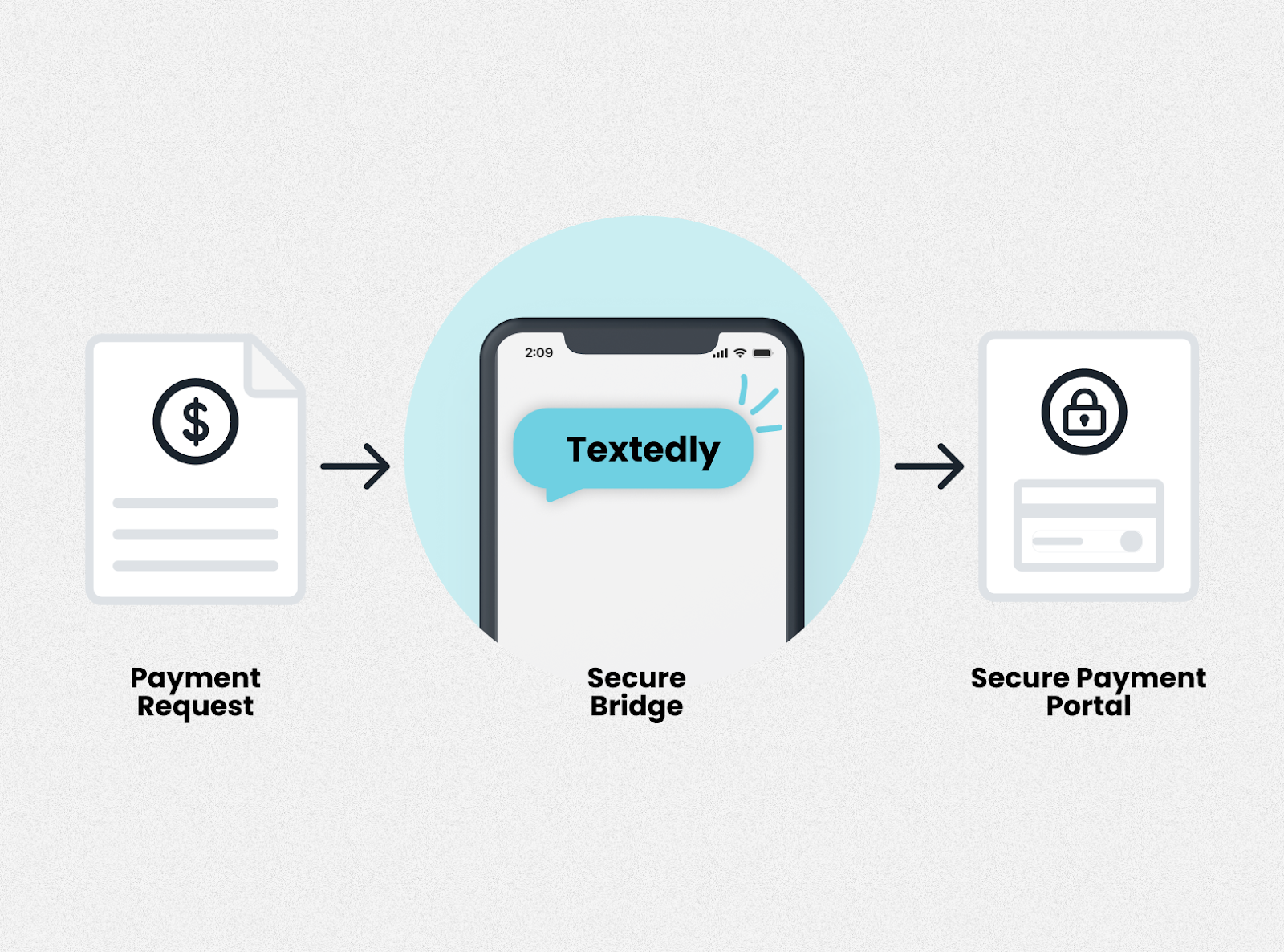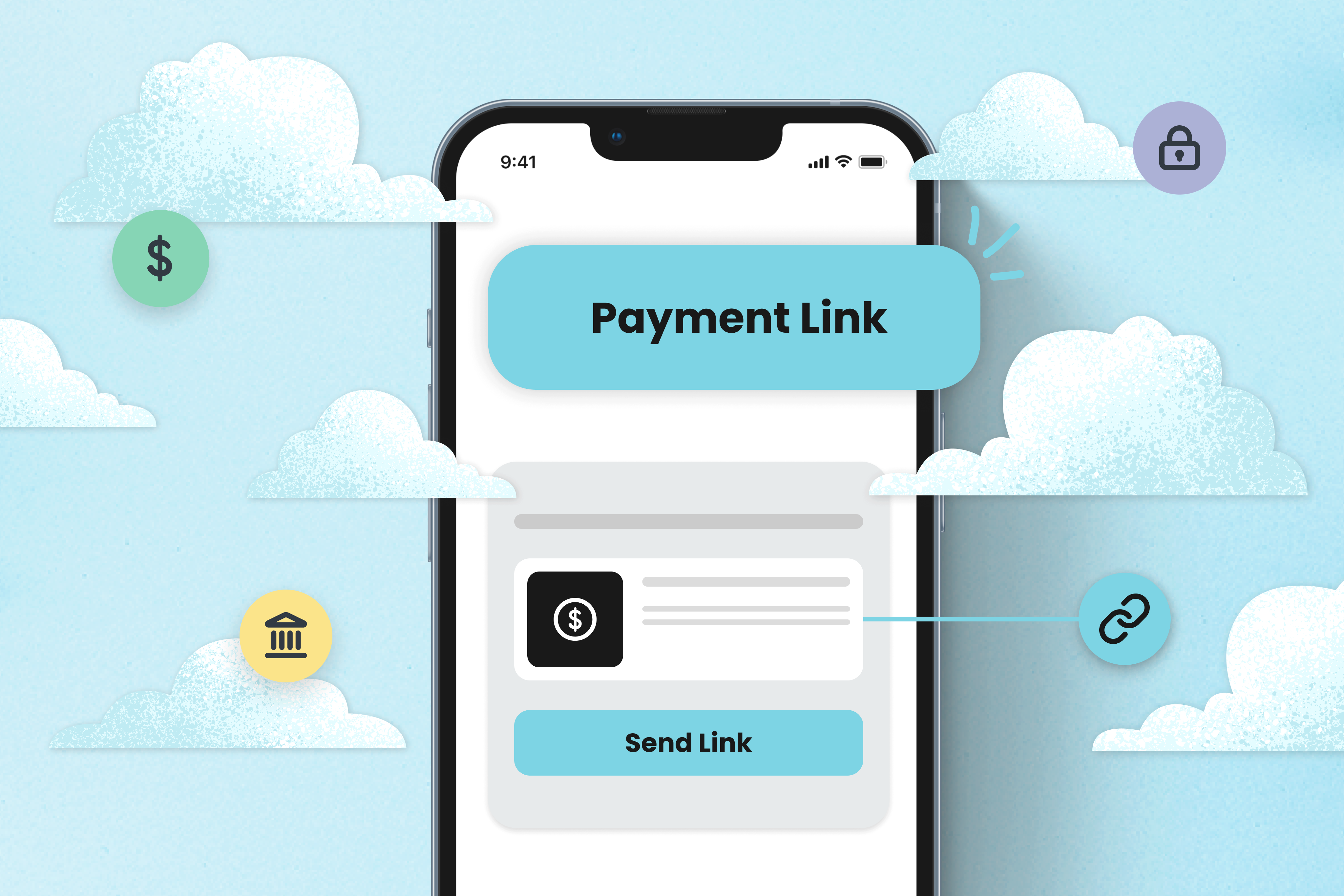As more businesses shift to mobile-first communication, texting has become a powerful tool for everything from appointment reminders to customer support — and now, payments.
Sending payment links via SMS is fast, effective, and convenient. But is it truly secure? Let’s break down what SMS payment links are, what makes them safe, and how Textedly ensures your customers can pay with confidence.
Jump right to:
- What is a Text Payment Link?
- What Makes a Payment Link Secure?
- How Textedly Keeps Payment Links Secure
<h2 id="What">What is a Text Payment Link?</h2>
A text payment link is a secure URL sent to a customer via SMS. When clicked, the link opens a mobile-friendly checkout page where the customer can complete their transaction. They’re quick, accessible, and ideal for mobile-first users.
For example, let’s say a customer has an upcoming or past-due payment. Your business can send a quick payment reminder text message that includes a link directly to your secure payment portal. This process simplifies the customer’s path to completing the transaction and increases the chances of payment completion.

An important note: SMS is not the payment processor. SMS is simply the delivery channel. This means that sensitive payment data isn’t exchanged in the text thread itself, but rather the link directs the user to a secure, encrypted web page hosted by your payment provider.
Essentially, SMS carries the message from your business to the user, but the actual transaction happens elsewhere in a secure payment portal.
<h2 id="Secure">What Makes a Payment Link Secure?</h2>
As with most online transactions, safety largely depends on the platforms you choose to use and whether best practices are followed. Let’s break down the components that make a payment link secure.
1. HTTPS Encryption
A secure payment link should always begin with https://, which indicates that the site uses SSL/TLS encryption. This encryption protects any data shared between the customer’s device and the payment processor — such as card details, billing addresses, and login credentials — from being intercepted.
Plus, HTTPS signals to customers that your website is secure, increasing their trust in your payment process.
2. PCI-DSS Compliance
The Payment Card Industry Data Security Standard (PCI-DSS) regulates how businesses must store, process, and transmit cardholder data. If your payment processor or platform isn’t PCI compliant, you’re at risk of exposing sensitive information and violating legal obligations.
A secure payment link should route to a checkout page hosted by a PCI-DSS compliant provider to ensure all payment data is protected.
3. Trusted, Secure Payment Processors
Not all payment processors are equally secure. Partnering with well-established processors, such as Stripe, Square, or PayPal, ensures your customers’ data is protected by modern fraud prevention systems, two-factor authentication processes (2FA), and secure infrastructure.
Don’t rely on obscure low-cost payment tools that potentially cut corners on security. Choose providers that are continuously updating their systems to stay ahead of emerging threats.
4. Tokenization
Tokenization is a technique that replaces sensitive payment information (like a credit card number) with a randomly generated string of characters called a token.
This token has no meaningful value on its own and can only be used by the authorized payment processor to complete the transaction.
Payment Link Risks
As with any technology, there are potential risks — especially when handled poorly. Phishing, impersonation, and spoofed URLs can occur if messages are sent from unverified numbers or platforms lacking in security.
Note: Most risks stem from bad tools or practices, not the SMS payment links themselves. Choosing a secure, compliant platform drastically reduces the risk of exposure or security issues.
<h2 id="Textedly">How Textedly Keeps SMS Payment Links Secure</h2>

Think of Textedly as a secure bridge between your customer and your checkout page. Textedly doesn’t process your customer’s payments — just connects them to your trusted, PCI-compliant payment gateway.
With Textedly’s Text-to-Pay feature, users are in full control of where payment links lead and how transactions are handled. Here’s how Textedly ensures every link you send is trustworthy and compliant:
- Supports full HTTPS links to secure destinations
- Offers branded messages with a verified sender ID
- Compliant opt-in and out-out flows to protect you and your contacts
- Carrier-grade message delivery with reliable routing
Collect Payments With Confidence
Mobile payment links offer the speed that today’s customers expect. With a single tap, they can pay securely from their phone — no logins, no apps. SMS payment links make it easier for customers to complete transactions on the go and for your business to collect on-time payments, resulting in fewer overdue invoices. Textedly’s SMS platform ensures your payment links are backed by reliable delivery, trusted compliance, and seamless customer experiences.
Ready to start streamlining your cash flow? Get a free Textedly trial today.






